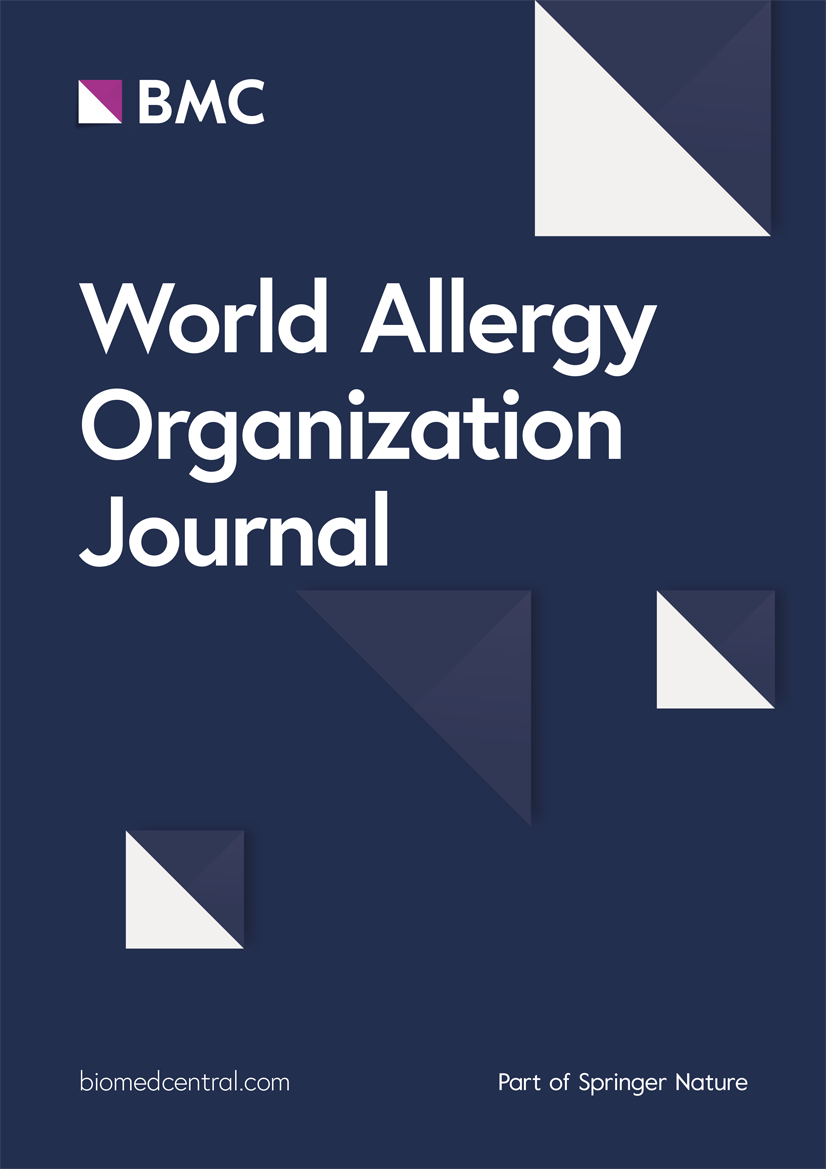Social inequalities in childhood asthma
IF 3.9
2区 医学
Q2 ALLERGY
引用次数: 0
Abstract
Asthma is a complex, heterogeneous condition, broadly characterized by chronic airway inflammation with variable expiratory airflow limitation, but with several subtypes underpinned by different (although likely overlapping) pathological mechanisms. It is one of the most common chronic diseases of childhood and represents a significant cost for healthcare systems and affected families. Evidence suggests that a disproportionate proportion of this burden falls on families from disadvantaged socioeconomic circumstances (SECs).
In this review, we describe the extent to which growing up in disadvantaged SECs is associated with an increased risk of childhood asthma diagnosis and asthma outcomes, including how this differs geographically and across different asthma subtypes. We also discuss the complex and interdependent mediating pathways that may link disadvantaged SECs with childhood asthma and asthma-related outcomes.
In high-income countries (HICs), there is a fairly consistent association between growing up in disadvantaged SECs and increased prevalence of childhood asthma. However, evidence suggests that this social patterning differs across different asthma subtypes, with asthma phenotypes associated with disadvantaged SECs being less likely to be associated with atopy and more likely to begin in infancy and persist into adolescence. Disadvantaged SECs are also associated with worse asthma outcomes, which may contribute to the persistence of symptoms among disadvantaged children.
In low- and middle-income countries (LMICs), the patterns are more variable and data more limited, but there is some evidence that disadvantaged SECs and atopic asthma are similarly negatively associated. There are also clear disparities in asthma outcomes, with LMICs having disproportionately high asthma-related morbidity and mortality, despite having lower asthma prevalence. A lack of accessibility to essential medication and appropriate care no doubt contributes to these disparities.
The pathways leading to social inequalities in asthma are complex and interdependent, and as yet not fully understood. There is a clear need for further research into the relative importance of potential mediating pathways, including how these vary across the life course and across asthma subtypes. A stronger understanding of these pathways will help identify the most effective policy entry points for intervention, ultimately reducing inequalities across the life course.
儿童哮喘的社会不平等
哮喘是一种复杂的、异质性的疾病,其广泛特征是慢性气道炎症伴不同的呼气气流限制,但有几种亚型由不同(尽管可能重叠)的病理机制支撑。它是儿童最常见的慢性疾病之一,对卫生保健系统和受影响家庭来说是一项重大成本。有证据表明,这一负担的不成比例落在社会经济条件不利的家庭身上。在这篇综述中,我们描述了在弱势的SECs中成长与儿童哮喘诊断和哮喘结局风险增加的关联程度,包括这在地理上和不同哮喘亚型之间的差异。我们还讨论了复杂和相互依赖的介导途径,这些途径可能将不利的SECs与儿童哮喘和哮喘相关的结果联系起来。在高收入国家,在处境不利的中等收入国家长大与儿童哮喘患病率增加之间存在相当一致的关联。然而,有证据表明,这种社会模式在不同的哮喘亚型中是不同的,与处境不利的哮喘相关的哮喘表型不太可能与特应性相关,更有可能从婴儿期开始并持续到青春期。处于不利地位的儿童还与较差的哮喘结局有关,这可能导致处于不利地位的儿童症状持续存在。在低收入和中等收入国家(LMICs),这种模式变化更大,数据也更有限,但有一些证据表明,处境不利的SECs和特应性哮喘同样呈负相关。哮喘结局也存在明显差异,低收入国家尽管哮喘患病率较低,但哮喘相关发病率和死亡率却高得不成比例。缺乏获得基本药物和适当护理的机会无疑是造成这些差异的原因。导致哮喘社会不平等的途径是复杂和相互依存的,而且尚未完全了解。显然需要进一步研究潜在介导途径的相对重要性,包括这些途径在整个生命过程和哮喘亚型之间的差异。更好地理解这些途径将有助于确定最有效的干预政策切入点,最终减少整个生命过程中的不平等。
本文章由计算机程序翻译,如有差异,请以英文原文为准。
求助全文
约1分钟内获得全文
求助全文
来源期刊

World Allergy Organization Journal
Immunology and Microbiology-Immunology
CiteScore
9.10
自引率
5.90%
发文量
91
审稿时长
9 weeks
期刊介绍:
The official pubication of the World Allergy Organization, the World Allergy Organization Journal (WAOjournal) publishes original mechanistic, translational, and clinical research on the topics of allergy, asthma, anaphylaxis, and clincial immunology, as well as reviews, guidelines, and position papers that contribute to the improvement of patient care. WAOjournal publishes research on the growth of allergy prevalence within the scope of single countries, country comparisons, and practical global issues and regulations, or threats to the allergy specialty. The Journal invites the submissions of all authors interested in publishing on current global problems in allergy, asthma, anaphylaxis, and immunology. Of particular interest are the immunological consequences of climate change and the subsequent systematic transformations in food habits and their consequences for the allergy/immunology discipline.
 求助内容:
求助内容: 应助结果提醒方式:
应助结果提醒方式:


